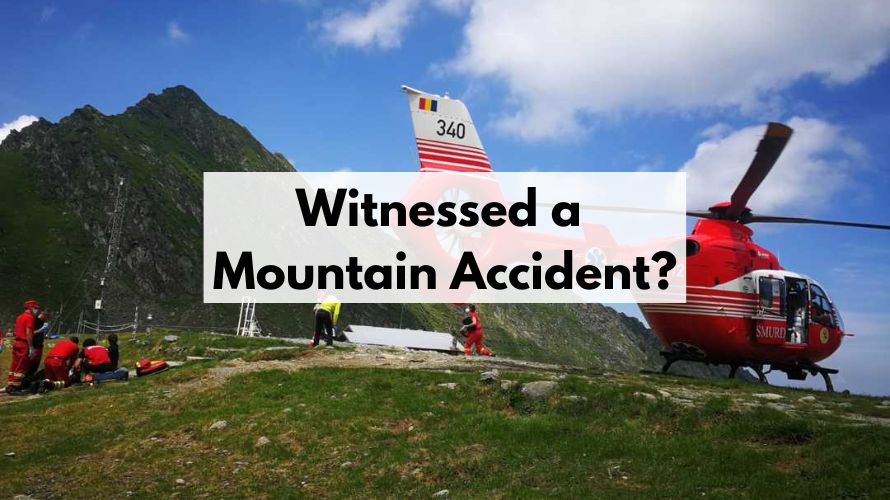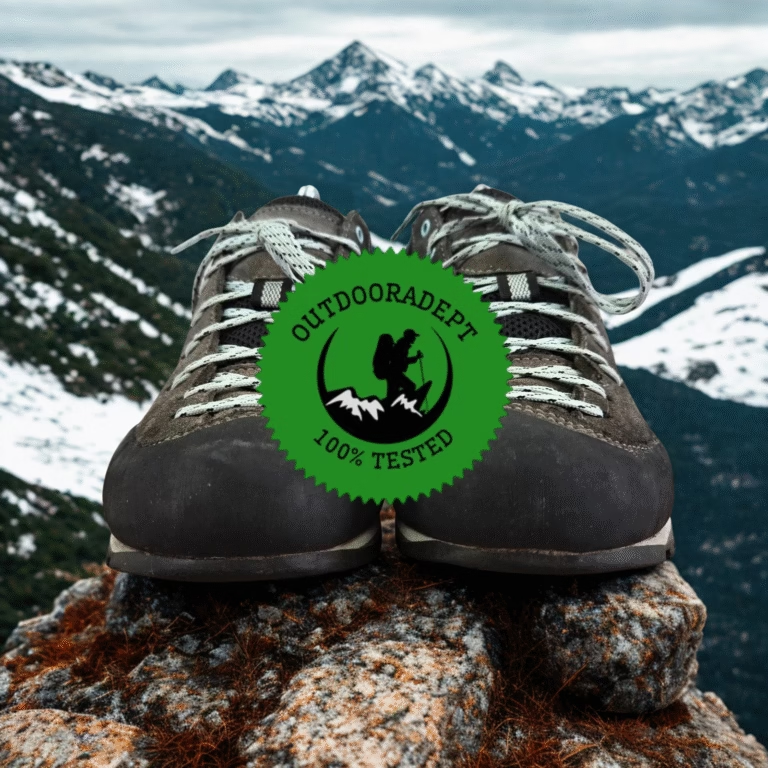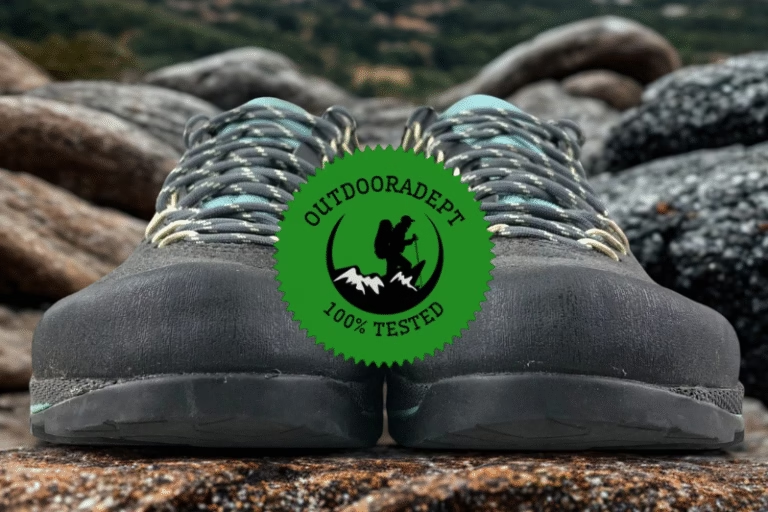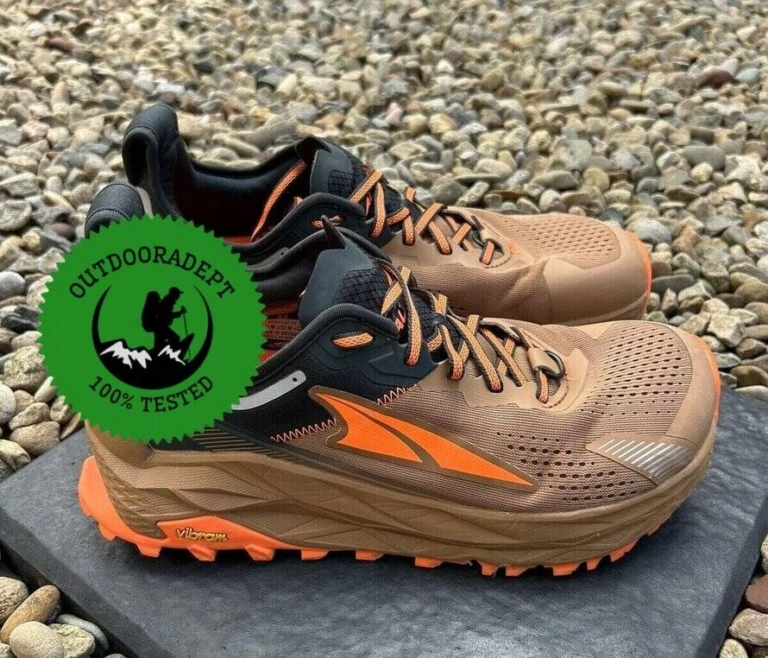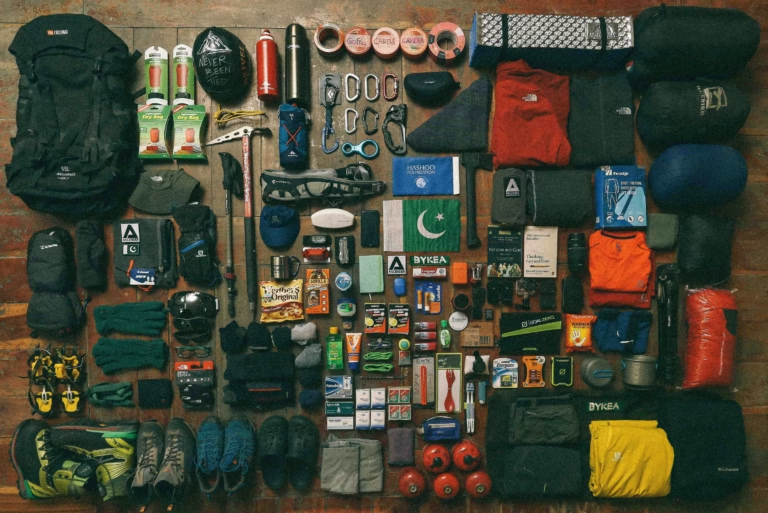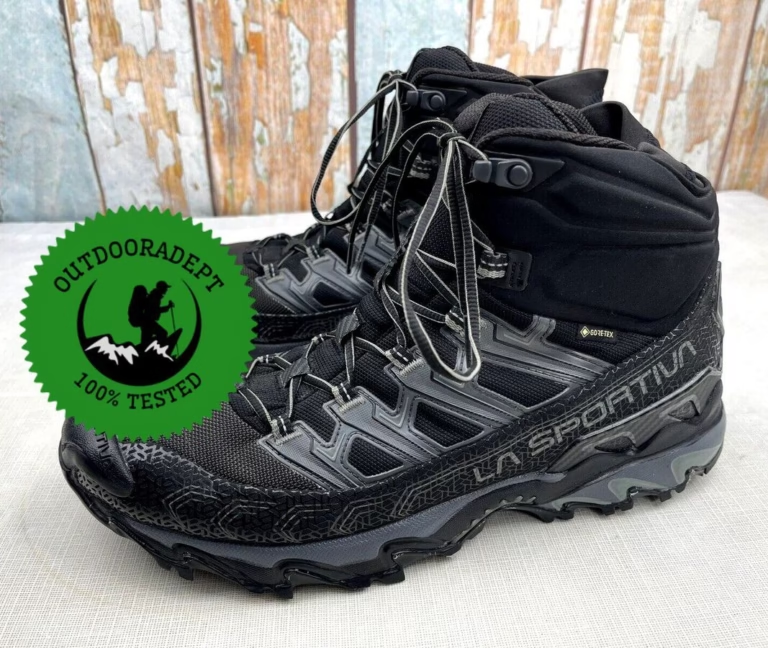Seen an accident on a hike? Here’s some solid advice from Florian, a mountain rescuer in Romania, that’s universal for any trail adventure.
Given the alarmingly high increase in mountain accidents in recent years, we offer some steps to take if you witness an incident resulting in injured victims or those with health conditions affected:
- Do not panic.
- Protect the victim by marking the accident site. If it’s on a path used for fast descents on skis, bicycles, or off-road vehicles, place a visual “X” marker upstream at a distance sufficient to alert those descending about the accident.
- Notify the Salvamont team or the emergency services.
- Do not move the injured person and prevent others from doing so, unless the victim is directly under a risk factor that endangers their life or causes immediate medical conditions. Treat any patient who, after trauma, shows pain or altered general condition as potentially having a spinal injury, requiring immobilization and appropriate transport. Do not allow “good Samaritans” or “occasional rescuers” to move or carry the victim by arms, dragging, on the back, or with improvised means.
- If the victim is unconscious, open their airway (achieved by subluxating the jaw – lifting it from the angle or from behind, near the ear; do not “tilt” the victim’s head back) and check for breathing for 10 seconds by observing chest movements; if they are not breathing, perform cardiopulmonary resuscitation (external chest massage at a rate of approx. 100 compressions/minute). Given the risk of SarS-CoV-2 virus infection, it is your decision whether to expose yourself to the risk of infection and whether or not to perform mouth-to-mouth resuscitation (current protocols no longer recommend this), executing a 30:2 chest compression to ventilation ratio. Use the phone on speaker to keep your hands free and follow the medical dispatch’s instructions.
- Engage with the victim and observe if their speech is coherent. Look for severe bleeding that manages to soak through clothing or equipment. Locate the source of the bleeding and apply compression (preferably with sterile compresses, if available). If the bleeding is profuse and does not stop, apply a tourniquet above the injury (inform the medical dispatch about this). Avoid direct contact with the patient’s blood.
- Do not try to adjust the victim’s limbs or body to an anatomical position, regardless of their current position, to avoid causing irreversible injuries or potentially fatal conditions.
- Keep the injured person warm (using clothes, a sleeping bag, or a “Sirius” foil), continuously communicate with them, monitor any changes in consciousness, breathing, skin, and lip color, and wait for the Salvamont teams to arrive.
- Wear a personal protective mask throughout the first aid process and wash your hands thoroughly with a disinfectant or soap and water after contact with the victim. Remember, Salvamont teams are the only entities legally authorized and equipped with professionally trained and certified personnel to handle mountain accidents involving individuals with medical or traumatic conditions.

